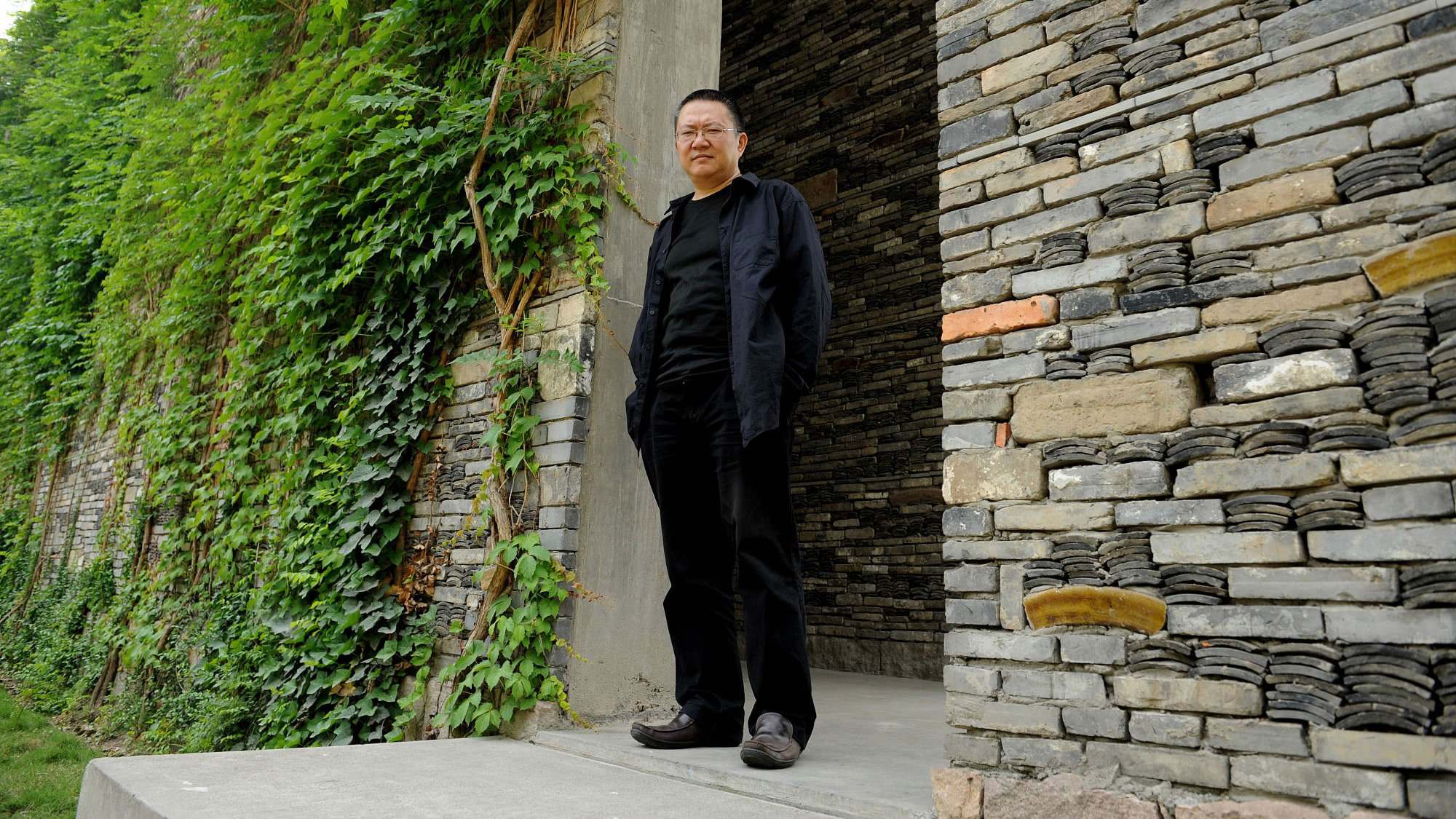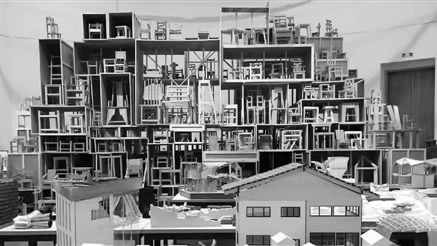The exhibition “Ceaseless Experiments” is being held by the China Academy of Art in Hangzhou, Zhejiang Province from April 9 to 21. The man behind it has enjoyed a long career that has seen him develop a fine appreciation for some of the fine techniques used in traditional Chinese architecture.
As the curator, Wang Shu, the first Chinese Pritzker Architecture Prize awardee in 2012 for his work designing Ningbo Museum in Zhejiang Province, noted, “after China's own architecture culture crumbled in the past few decades, we should start anew and rebuild architecture.”
In an exclusive interview with China Youth Daily, Wang told the reporter about his teaching methods and the methods and concepts behind architecture.

Wang Shu, the first Chinese Pritzker Architecture Prize awardee, stands at Xiangshan Central Campus of China Academy of Art in Hangzhou on May 18, 2012. /VCG Photo
The architect established the School of Architectural Art at the China Academy of Art in 2007.
During the past decade, few people knew or understood what he was teaching his undergraduates. They just heard stories about his “goof-off” students, who studied carpentry and calligraphy as part of their courses.
Wang asks freshmen to study traditional Chinese woodwork techniques, with a final exam that demands each student makes a wooden-chair by themselves. In the past ten years, the chairs have piled up like mountains, and are highlighted in the exhibition in Hangzhou.

The "chair mountain" made by the freshmen of the School of Architectural Art of China Academy of Art at the exhibition. /www.hangzhou.com.cn Photo
Wang was once a student himself, but after 12 years of studying architecture, he concluded that “the education system for architecture had no relation to Chinese tradition and reality,” and moved away from his studies.
During his time off from 1992 to 2000, Wang made a living through “decoration”—working with both design and construction to better understand what it meant to be a craftsman.
During this period of work, Wang figured out the importance of a single nail when driven into material, and learnt every step of being a craftsman. Over time, his work could hardly be imitated by other architects, owing to his thorough understanding of materials and construction.
Wang noted, “The architecture I make is in the shape it should be.... The reality of Chinese architecture was dust. I just mopped it up with a piece of cloth. Then you find it so stunning. In fact, it had existed there all the time. Chinese architecture shows a high-level of sophistication, even though it has been patted down to the ground. We are just rebuilding it now.” he added.
1123km










